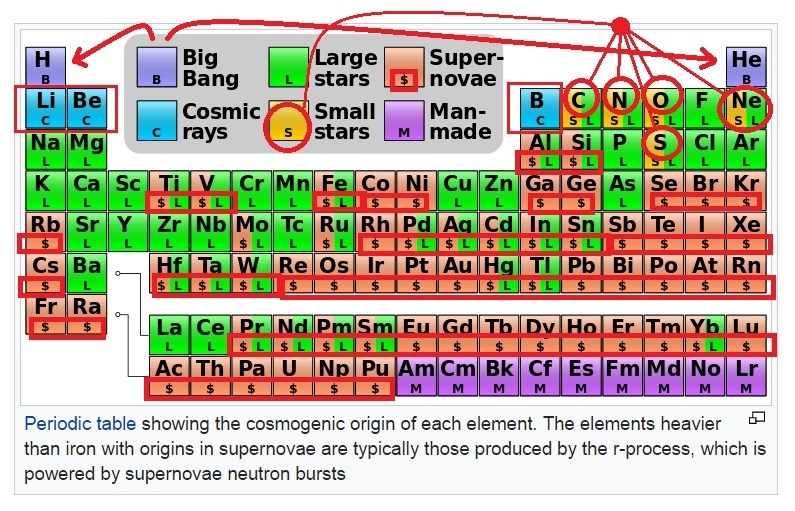The ‘common-questions section’ of BioLogos states: "The second law is only valid in closed systems with no external sources of energy. Since the Earth receives continual energy from the Sun, the second law does not apply". (see: Does thermodynamics disprove evolution? - Common Question - BioLogos ) This is statement is incorrect, and needs adjustment.
The 2nd Law captures the fundamental property of physical reality that the disorder of a system increases if the sum of all energy flows that pass its boundaries is zero. It is evident that this sum is zero for a closed system. However, the sum is also zero if the energy flows that enter an open system are equal to the energy flows that leave it! Notice that all physical systems are open. Closed systems only exist in theory.
Illustration: Let Earth2 be identical to our Earth, except the presence of living organisms. Move Earth2 from a dark place in the universe into the light of the Sun. Draw an imaginary sphere around Earth2 with a radius of 100,000 kilometers. Measure the energy flows entering or leaving this sphere. Initially, the sum of the energy flows that enter the sphere will be greater than the sum of the energy flows leaving it, because Earth2 is warming up. After some time equilibrium will be reached and on average the sum of all energy flows that pass the sphere around Earth2 will be zero. According to the 2nd Law, the disorder on Earth2 will increase. Complex molecules that are produced from simple molecules by natural processes as lightning, wind, rain, heating, cooling, radiation, tectonic forces, etcetera, will fall apart sooner or later; the larger the molecules that are formed, the sooner.
For a more elaborate discussion of the 2nd Law and its implications for Prigogine’s theory that chaos can produce order, see: http://www.evoskepsis.nl/docs/Does%20the%20Second%20Law%20of%20Thermodynamics%20only%20hold%20for%20closed%20systems.pdf
Dr. William DeJong
